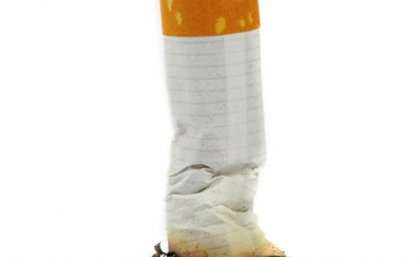Baby, we've come a long way in measuring lung function

An international team of researchers has developed a simple, non-invasive way to measure the impact of smoking during pregnancy on babies' lung development.
Previously, measuring these effects required sedating the baby, inflating its lungs with a pump and then squeezing its chest very quickly.
But the research team, including University of Queensland researchers, has created a technique to measure an infant's lung function during sleep, using a simple, non-invasive mask.
UQ's Faculty of Medicine and Biomedical Sciences Professor Peter Sly said mothers who smoked during pregnancy could decrease their babies' lung function by nearly 20 per cent.
"Smoking interferes with the development of a baby's lungs, disturbs the formation of small airways and blood vessels, and impairs gas exchange – breathing in oxygen and breathing out carbon dioxide," Professor Sly said.
"This is because when a pregnant mother smokes, it causes very small airways in her infant's lungs to thicken and this makes the lungs stiff.
"Reduced lung function in babies also translates into a higher risk of acute lung disease during infancy and chronic lung disease later in life."
Professor Sly said the new forced oscillation technique (FOT) involved placing a mask on the baby while it was asleep, allowing lung function to be measured using sonar-like technology that showed thickening of the airways.
"One of the real advantages of this technology is it allows us to see the stiffness of the lungs relative to the resistance of the airways," he said.
"With a better understanding of lung growth and function in infants comes a better understanding of the effects of mothers' habits on babies in the womb."
The technique has been used to measure lung function in children and adults but this research focused on babies aged six to 10 weeks – an age group that had previously been very difficult to study.
The research was done in conjunction with South Africa's University of Cape Town, Hungary's University of Szeged and the University of Western Australia.
The study is published in the journal Respirology.












.jpg)



